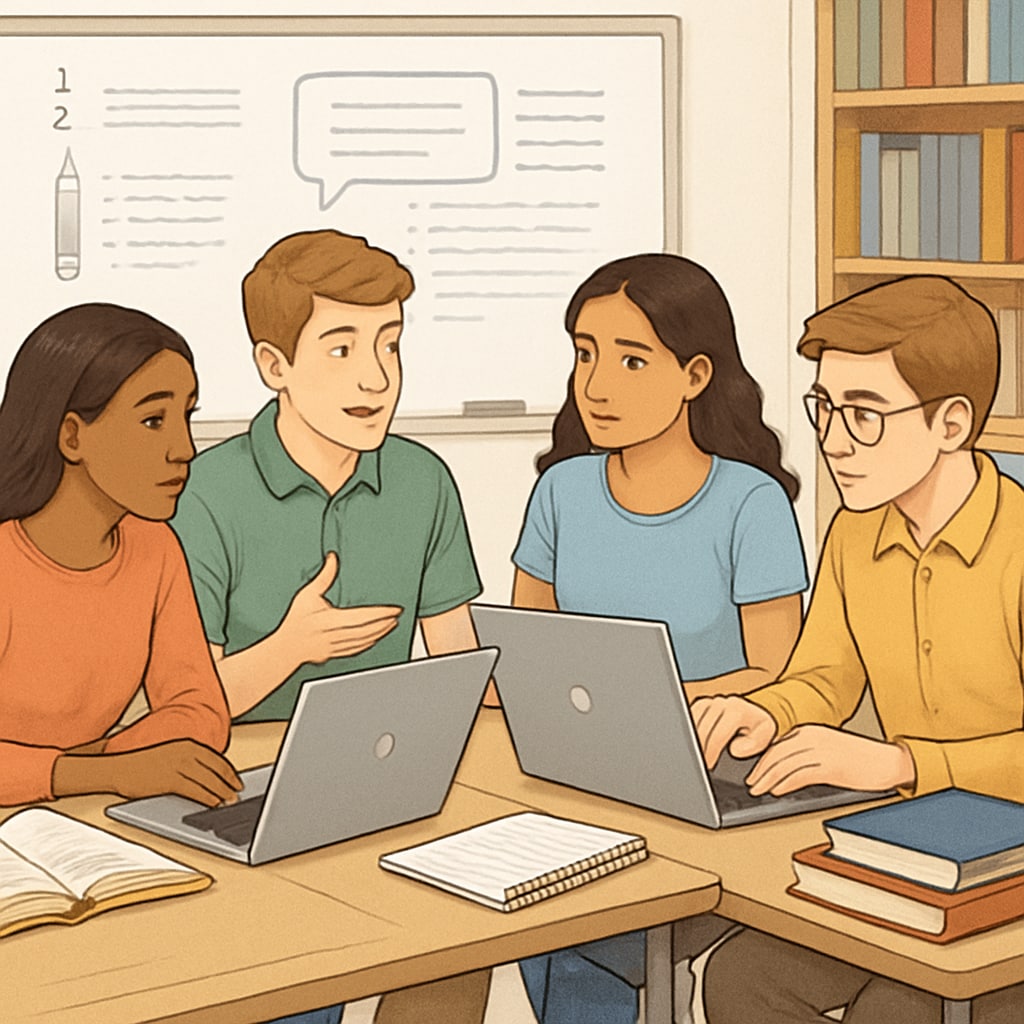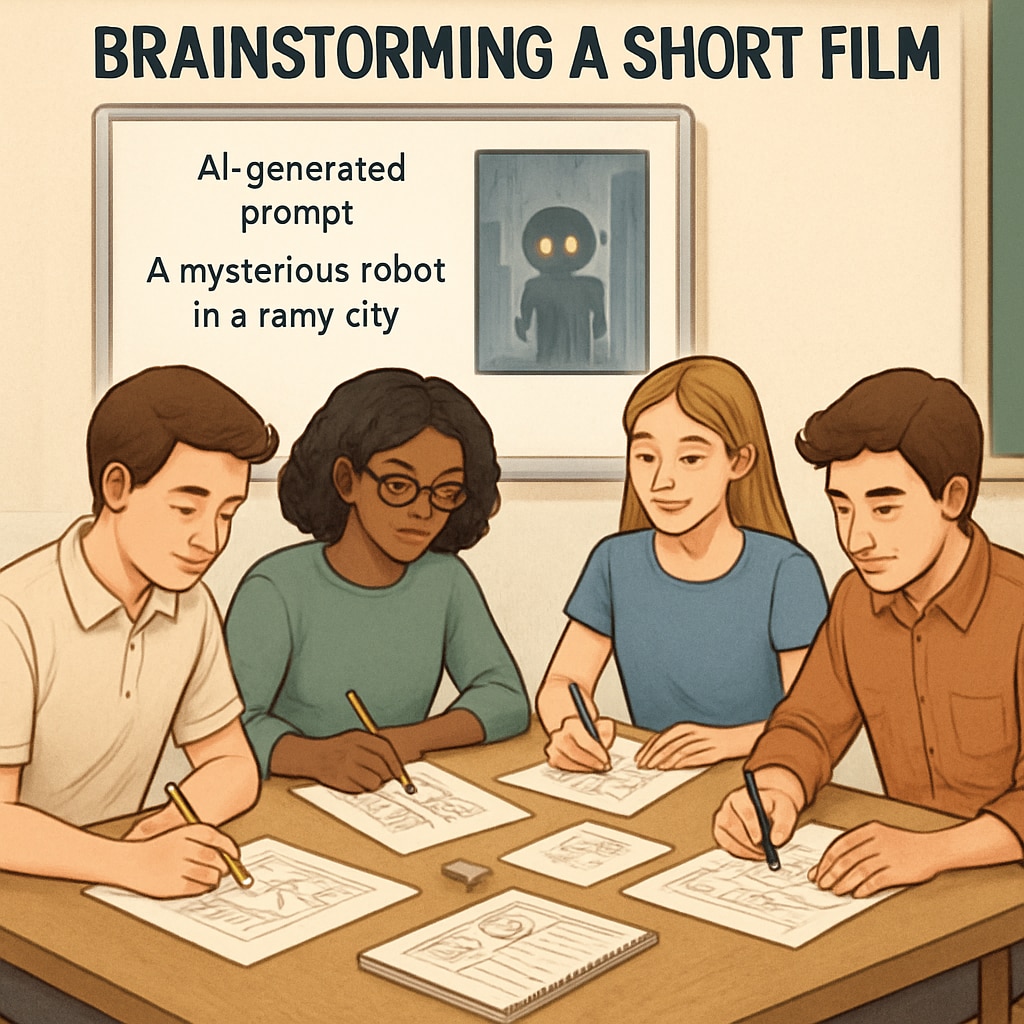In today’s digital age, developing media literacy skills has become a critical part of education. Leveraging tools like ChatGPT and other AI platforms, educators can provide innovative resources that enhance students’ ability to analyze, interpret, and create media. A newly developed set of AI writing prompts for media literacy is giving high school students the opportunity to sharpen their critical thinking, explore visual storytelling, and embrace creative thinking. These educational resources are designed specifically for grades 9-12, aiming to equip young learners with the skills needed to navigate a world dominated by digital media.
How AI Writing Prompts Encourage Media Literacy
Media literacy involves the ability to critically evaluate information presented across various formats, including films, social media, advertisements, and news outlets. AI writing tools like ChatGPT serve as powerful aids in teaching these skills. By generating thought-provoking prompts, educators can encourage students to analyze visual narratives, question biases, and explore the intent behind media messaging.
For example, students can engage with prompts such as, “Discuss the portrayal of gender roles in a selected movie. How does the visual narrative influence audience perception?” Such exercises challenge learners to think beyond the surface and delve into the deeper implications of media content.

Creative Storytelling and Visual Narratives
AI-generated writing prompts also play a significant role in teaching visual storytelling. Students can experiment with narrative structures, character development, and thematic elements using AI tools as their guide. This approach not only enhances their understanding of how stories are crafted but also empowers them to create their own compelling media pieces.
For instance, a prompt like “Create a short film script based on a current social issue, emphasizing the use of symbolic imagery” allows learners to integrate critical themes into their creative work while understanding the impact of visual elements. In addition, AI can generate examples of strong narratives, providing students with inspiration and a practical framework to build upon.

Benefits for Educators and Students
AI writing prompts offer significant benefits for both teachers and students. For educators, these tools can streamline lesson planning and provide fresh ideas for fostering critical discussions in the classroom. By utilizing AI-generated content, teachers can adapt prompts to match diverse student needs and learning goals.
For students, AI-powered resources make learning more engaging and interactive. They can test their understanding of media concepts, refine their analytical skills, and even practice creative writing in an environment that encourages exploration. As a result, students gain confidence in their ability to interpret complex media messages and develop their unique perspectives.
Preparing Students for the Digital Age
In a world where digital platforms dominate communication and storytelling, equipping students with media literacy skills is essential. High school learners who engage with AI writing prompts develop a stronger ability to question information, identify biases, and understand the power of visual narratives. These skills prepare them not only for academic success but also for responsible engagement in society.
Moreover, tools like ChatGPT allow students to interact with AI in a meaningful way, preparing them for the growing presence of artificial intelligence in professional settings. By becoming fluent in AI-assisted tasks, they gain a competitive edge in the workforce and develop confidence in navigating technological advancements.
As educators continue to innovate teaching methods, integrating AI writing prompts into media literacy curricula is a forward-thinking approach to fostering critical thinking, creativity, and digital proficiency among high school students.
Readability guidance: Utilize short paragraphs to present ideas clearly. Incorporate examples and lists where appropriate to summarize key points. Ensure smooth transitions between sections using phrases like “For example,” “In addition,” and “As a result.”


